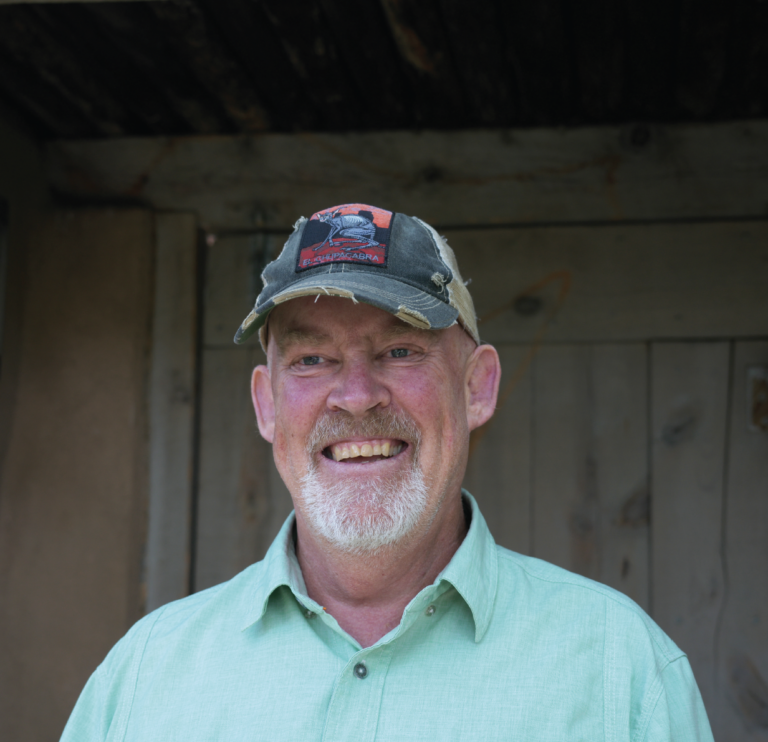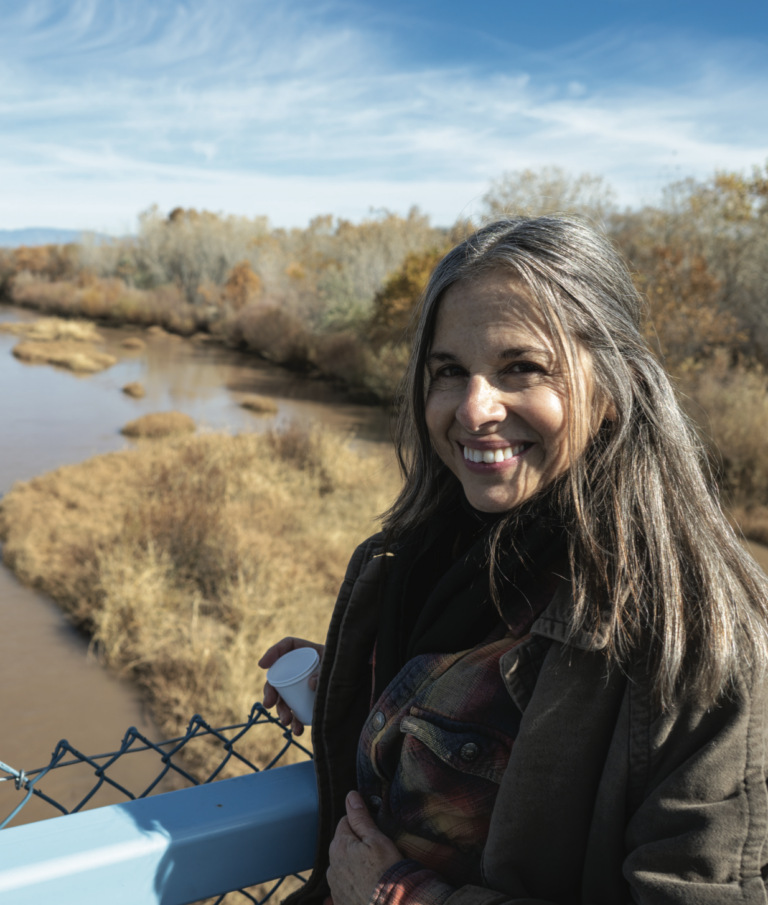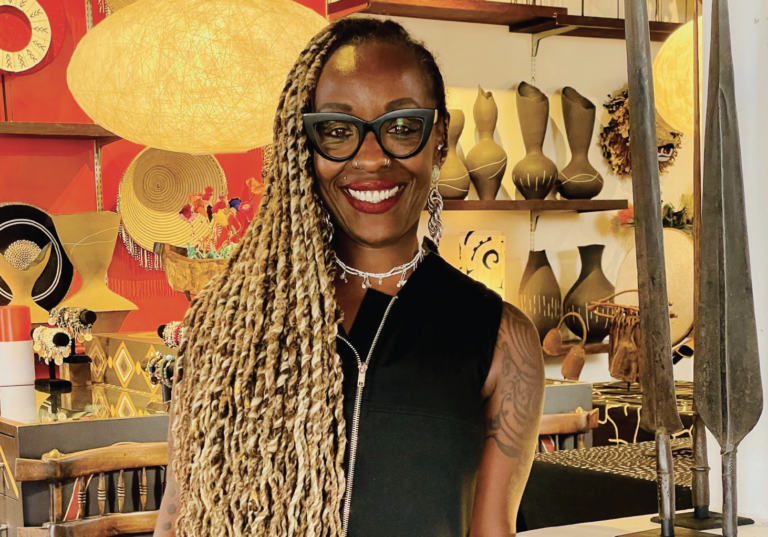THERE ARE EIGHT MAGIC VEGETABLES—all of Native American origin— that could literally transform your health. So says Lois, a chef, cookbook author, Native food historian, and culinary anthropologist.
And she should know.
She is Kiowa on her mother’s side, and has spent the last 30 years documenting the food and culture of Southwest Native American tribes. Her book, Foods of the Southwest Indian Nations (Ten Speed Press, 2002), won a James Beard Award in the Americana category—the first time a Native American cuisine cookbook received one. She was appointed as a Culinary Ambassador Diplomat by the U.S. Department of State, and works with the Physician’s Committee for Responsible Medicine. She’s also an adjunct professor at the Institute of American Indian Arts in Santa Fe and a featured instructor at the Santa Fe School of Cooking, and owns Red Mesa Cuisine, a Native American catering and food company.
Like we said, she should know.
The first outside contact. For Native Americans, that’s when it all changed. If you were on the East Coast or the Northwest coast, that meant the English. In the Southwest, it was the Spanish. If you were in the Dakotas or parts of Canada, it was the French. Further south, it would likely be the Portuguese.
So, here in the Southwest, the Spanish brought domestic animals—sheep, goats, chickens, and their by-products. The priests introduced wheat and wine for the Eucharist. But what they got in return changed the world.
The Native diet centered on eight amazing foods: corn, beans, squash, chili, tomato, potato, vanilla, and cacao. That was their gift to the outside world. Before this, the Italians did not have tomatoes. The Irish did not have potatoes. The British didn’t have chips and Russia didn’t have vodka, because they didn’t have potatoes, either. There were no chilies in Asian cuisine…no chilies in East India curries, and the Swiss and French had no vanilla or chocolate for their confections.
This took full force in 1492, and it’s something we can credit Columbus for—facilitating the Columbian Exchange [a term encompassing the exchange of ideas, religions, and populations, along with food, crops, and disease between the New World and the Old World]. Which, of course, does not mean he discovered America. No, he was sailing to India for pepper and basically stumbled over a continent that happened to be the Americas.
Food has always been and still is medicine, if you allow it to be. You go to your doctor and he’s going to say, “Plant-forward, plant-forward, plant-forward.” The key is more plant intake and decreased meat and fat intake.
I routinely work with doctors and nurse practitioners at Physicians Committee for Responsible Medicine on a program entitled The Power to Heal Diabetes: Food For Life in Indian Country. We work directly with tribes, whether it’s the Eastern Band of Cherokee Indians or the Navajo Nation. We try to educate, so those communities can be as healthy as possible. If the cord to the eight magic foods has been broken, we go in and train the diabetes educators, the nurses, the community members. One of our favorite nurse practitioners calls it “Farmacy.”
WANT TO READ MORE? SUBSCRIBE TO SANTA FE MAGAZINE HERE!
Photo SFM








